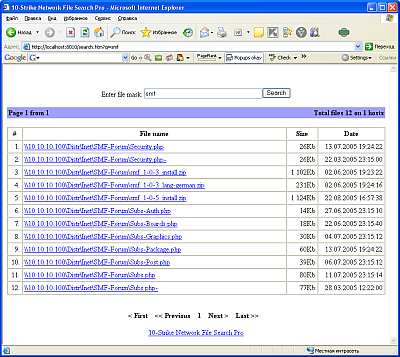


Short for “Joint Photographic Experts Group,” JPEG (or JPG) is the most widely supported image format. Let’s review some of the more common formats for storing graphics and list their main pros and cons. What Are the Most Popular Image File Formats? Examples of vector formats include SVG and CGM. Photographs cannot be vector, since cameras yield only raster images. Vector images are created in graphic editors and a logo generator and usually take the form of icons, logos, or drawn illustrations. Vector formats construct graphics based on mathematical formulas and are used to create images that may require resizing.

Examples of raster formats include JPEG, PNG, GIF, BMP, and TIFF. Rasterized images usually lose quality when they’re scaled up. In raster formats, images are constructed as grids of pixels with the appropriate data stored in a file in either a compressed or an uncompressed way. Formats that store this information are called either raster or vector. So, just what are image formats and which are your best options in what situations? Find the answers below! What Is an Image File Format?Īn image format can be explained as a way of organizing digital graphic information. These and others, like BMG and TIFF, are also called formats – a term most people have probably heard, but may not fully understand. Facebook, for instance, accepts only JPEG, PNG, and GIF image file types. You’ve probably noticed that graphic files have different extensions and that some can be uploaded to your favorite social network, while others cannot. What Are Image Formats and Which Are the Best?


 0 kommentar(er)
0 kommentar(er)
